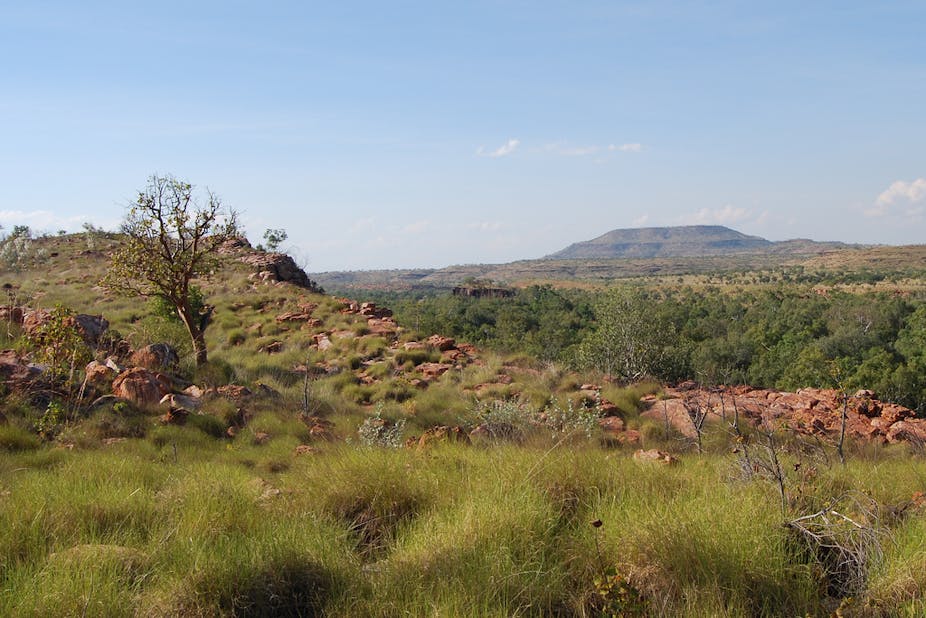There is general agreement that the Commonwealth and state governments lack the commitment, and hence funding, to preserve Australia’s biodiversity. Professor Tim Flannery addressed these issues in his recent essay. Government conservation works in theory, but definitely not in practice.
The Australian Wildlife Conservancy (AWC) - of which Flannery is the director - is expounded as an alternative to direct roles by governments. AWC operates independently in an attempt to fill the vacuum left by government and assume a proactive role in biodiversity conservation. The organisation has made a major contribution to saving species in Australia.
However there are other communities and NGOs. These include friends groups, Landcare, Land for Wildlife, Greening Australia, Bush Heritage, and many more. Bush Heritage is a similar organisation to AWC. It is responsible for managing 34 reserves across six Australian states covering 947,000 hectares. There are also selective government organisations such as Coast Care in ongoing conservation programs.
Landowners are in a unique position to contribute. Programs of conservation on private land can be complementary to National Parks and Reserves and protect a similar diversity of habitats.

One example is the program led by Humane Society International Australia (HSI), directed at private landowners and properties in regional Australia. With HSI guidance and support the landholders (who have often instigated their own flora and fauna conservation programs) become members of a national network of sanctuaries.
The WildLife Land Trust program contrasts with large-budget conservation projects such as those of the AWC or Bush Heritage. These large projects are fantastic and beneficial but so are entry-level, low risk programs.
Wildlife Land Trust has made some impressive achievements since its inception in Australia in 2007. Today the program has a register of 188 sanctuaries throughout Australia that have committed their resources and properties to conservation. Of the 188 properties 96 are in NSW, 49 in Queensland, 19 in Victoria and 12 in WA. In total they cover 34,277 hectares of land.
The Wildlife Land Trust properties resemble miniature national or state parks but are privately owned and operated, committed to restoring and maintaining the unique biodiversity on these lands. The owners become dedicated custodians of the land, protecting it and saving its resources for future generations. As custodians and conservationists, these programs resemble the land management of Indigenous Australians prior to European settlement. Their efforts contribute to the development of important environmental corridors across Australia.
The individual members of the land trust agree to work and protect their private ecosystem. In some instances they are prepared to place a legal covenant over the land ensuring their sanctuary will be permanently protected for generations to come. This private workforce now ranges between 400-500 volunteers that potentially offer a huge contribution to the welfare of their environment. This is just the beginning.
The Wildlife Land Trust also works to strengthen the sanctuary network by seeking protection for millions of hectares of threatened ecosystems under Commonwealth and State law by nominating threatened species and communities, which anyone can do.
Yes, as Flannery states there must be an alternative to the failures of government to protect our biodiversity. There are alternatives that warrant publicity and further community support. That will ensure that the losses incurred over the last 200 year don’t continue, and that somehow we can reverse the trend of extinctions to our flora and fauna.

